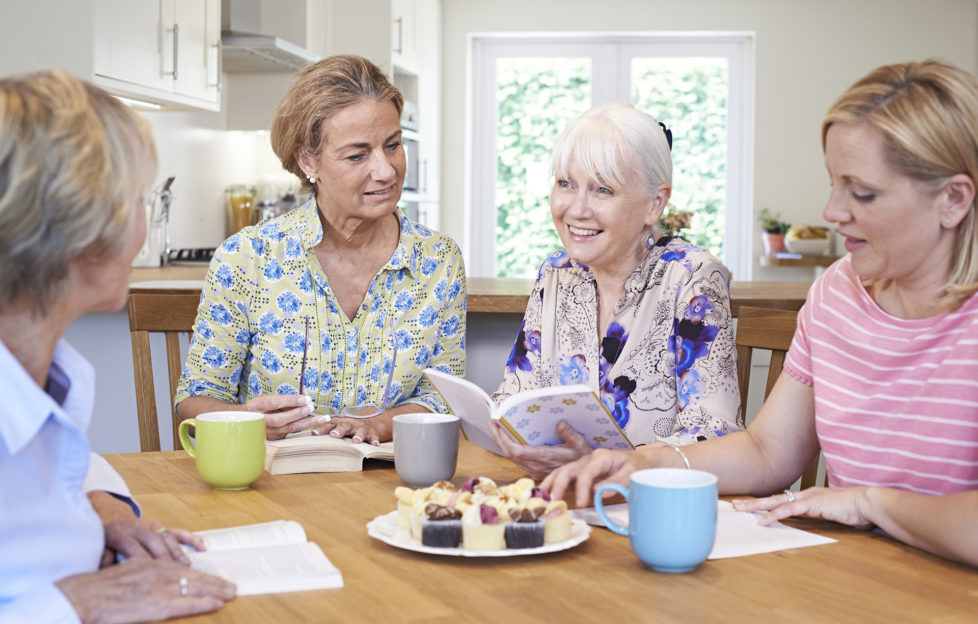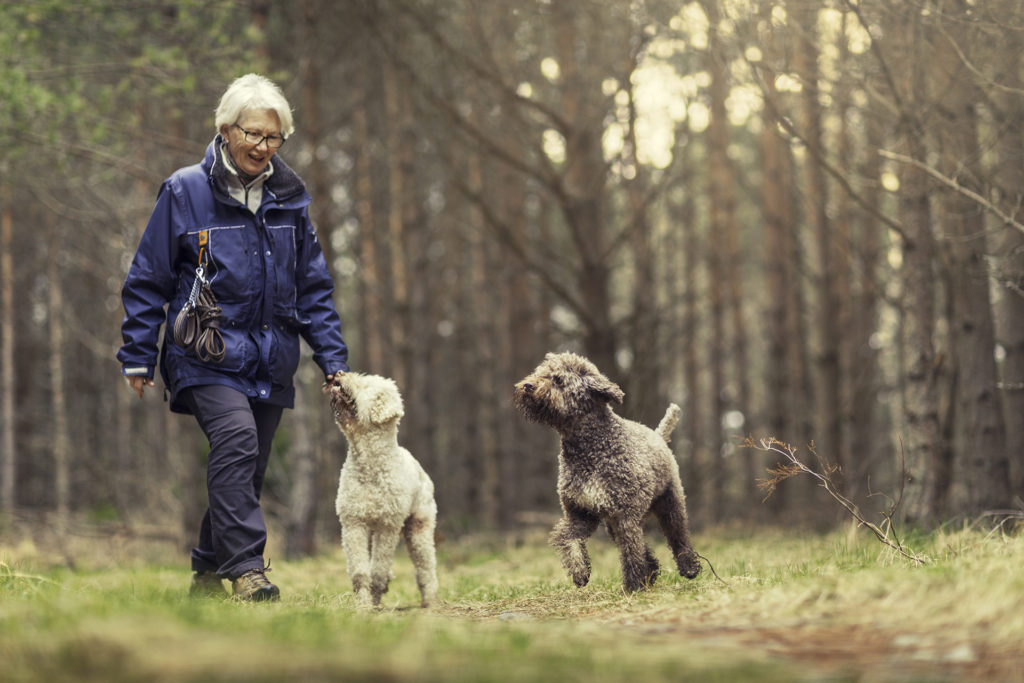It’s Not Just The Old Who Feel Lonely, says Dr Miriam Stoppard OBE

by Miriam Stoppard OBE, health and wellbeing advisor at Stannah
When you picture someone who’s lonely, the stereotype is often an older person who lives alone and hardly sees anyone. Indeed, in the BBC Loneliness Experiment, nearly a third of over 75s said they often or very often feel lonely. But would it surprise you to know that loneliness is more common among 16-24 year olds, with 40% saying they often or very often feel lonely? Loneliness isn’t the province of the old.
Loneliness isn’t the same as being alone. A person will always have times when they choose to be alone, soothing themselves, enjoying me time, and taking pleasure in their own company. Rather, loneliness is the feeling of being alone and feeling sad about it. And, of course, all of us feel lonely some of the time. For instance, feeling alone in a crowded room. It’s only when we seem trapped in our loneliness that it becomes a problem.
When my marriage ended, I found myself single and on my own for three years. Without my girlfriends, who rallied round me and with whom I stayed in constant touch, I’d have been without a lifeline to the outside world. My instinct was to retreat into my personal world, but my girlfriends kept me looking outwards. I also realised I must stay in the mainstream – stay a participant rather than an observer of life.
So I sought a handful of walkers, men friends, who’d accompany me of an evening – a son, a colleague, an old friend or a new friend met at a professional meeting or a dinner party. I became adept at openings like: “Do you like films? Do you fancy seeing..?” It was important that I was not only seen to be engaged with life, but also to feel I was.
You see, whatever your age, that loneliness is a passive state. It persists by our passively letting it continue and doing nothing to change it. We hope it will go away, eventually, and we do nothing but let it envelop us. Strangely, there are times when we might even embrace the feeling of loneliness, even though it can lead to a sense of depression and helplessness.
To stop feeling lonely, we must first accept that we are lonely and sometimes that’s difficult. Keeping a diary, writing an imaginary letter to a friend or relative, drawing or painting a picture, making up a song, or doing anything else that lets us begin to express the feelings we have inside us – including talking with people – can help liberate ourselves.
Expressing our feelings might lead us to discover that we also feel sadness, anger and frustration. We might be able to see where these feelings are coming from and what they’re connected to. As we begin to see the connections we’ll be more able to make changes.
The big change, of course, is to stop being passive and become more active. If we’re missing someone, such as parents, family or friends, we can telephone, write, e-mail, Skype or visit them. Talking to an understanding friend can often help change our moods as well. If we don’t have one, talking with a pastor or counsellor might be a place to start.
Maybe in the past you’ve been looking in the wrong places to make new friends. Activity clubs and organisations are the best places where you’ll meet people who share your interests and enthusiasms. There are literally tens of thousands of clubs out there.
Believe it or not loneliness is bad for your health. That’s the conclusion of American scientists who studied almost 3.5 million people. In fact, loneliness could be far worse for your health than obesity, and may even shorten your life. The data shows the risk of premature death is 50% lower for those with “good social connections” than for the lonely. By comparison, obesity raises the risk of early death by 30%. Turns out being connected to others socially is a fundamental human need, crucial for both your well-being and your survival.
One of the best ways to counteract your own loneliness is to do your bit to help lonely or socially isolated elderly people in your community. The person you’re helping will reap health benefits, and you will too.
1 Start a conversation
It’s not easy to spot if someone needs help. A good start is simply to talk to your elderly neighbour if you pass them on the street.
2 Offer practical help
Ask your neighbour if they need any help with shopping, posting letters, picking up prescriptions and medicines or dog-walking.
3 Share your time
Volunteer for organisations that support older people. These often offer “befriending” schemes for isolated people, and rely on volunteers for one-to-one contact.
4 Help with household tasks
Offer of help with basic chores such as taking out the rubbish, changing light bulbs, clearing snow off the path and putting up pictures.
5 Share a meal
Older people often need a hand with cooking, so why not take round an extra plate of home-cooked food, or a frozen portion they can heat up or microwave?
6 Watch for signs of winter illness
Older people are particularly vulnerable during the winter as cold weather increases their risk of illnesses. Check if they’ve had a free flu jab and, if not, offer to make an appointment at the GP surgery.






